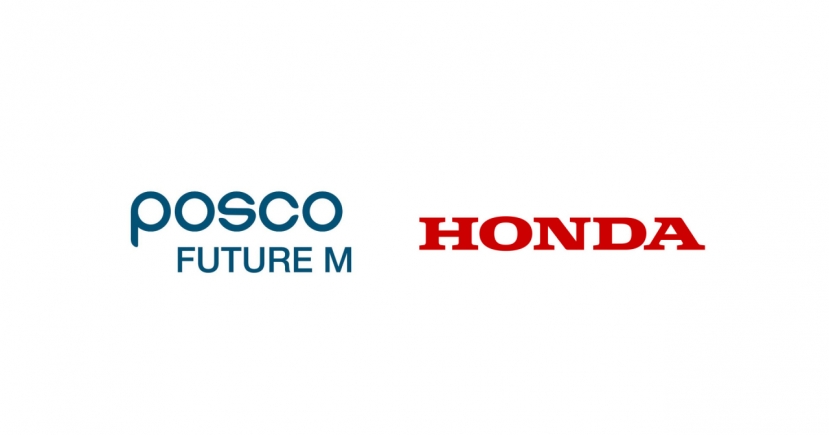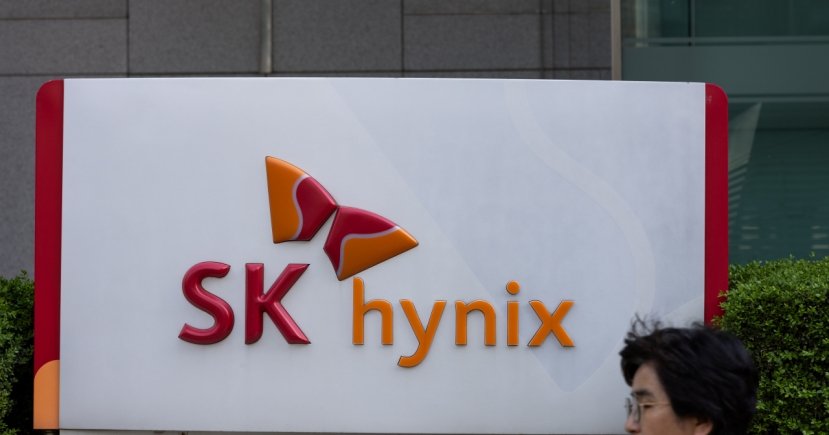Samsung
How TV remote button shortcuts for streamers have led to major profit for Samsung, LG
 |
(Getty Images) |
From the red and blue shortcut buttons with Netflix and Disney+ logos to fancier features and operating systems, Samsung Electronics and LG Electronics, the world’s top two TV makers, are pouring resources into content, not just hardware itself, to elevate profits.
Remote control devices have become "billboards" for the streaming giants, in the words LG Electronics CEO Cho Joo-wan, after Netflix started paying major TV manufacturers advertisement fees to include their shortcut buttons in 2015.
To get benefits such as branding opportunities and convenient access points to their apps, runner-up services and platform rivals like Disney+ and YouTube jumped in to secure a spot on remote control devices, opening up a new revenue stream for TV manufacturers.
The details of contracts made between streaming services and TV manufacturers are all different, but one way of charging a fee for the shortcut button is to charge for every click.
"Every time a user clicks the shortcut button on the remote to access an OTT (over-the-top streaming) service, the service operator pays for that access," an industry official said under the condition of anonymity. "The technology is also implemented to prevent abuse of the system."
Roku, one of the largest smart TV operating system providers based in the US, reportedly charges $1 per button on its remote, so it gains $4 if it includes four buttons for four streaming services.
Content and advertisements on smart TVs are likely to produce earnings for TV manufacturers. According to market tracker Omdia, the total revenue produced from advertisements related to online video streaming services globally is expected to grow to $288 billion by 2027, from $200 billion in 2023 -- showing an average annual growth rate of 18.6 percent.
In the meantime, sales of TV sets are expected to decline by an annual average of 2.5 percent from $99 billion to $92 billion during the same period.
The two Korean TV giants are not missing out on the fast-growing ad-supported streaming TV platform market, which started in North America and is spreading fast around the world.
After the boom of on-demand streaming services, some viewers feeling fatigued by increasing subscription fees have turned to avenues that offer TV content for the cost of watching ads.
Samsung, which celebrates the 10th anniversary of the launch of its Samsung TV Plus free streaming TV service, has seen its number of viewers increase over the past years. The service offers access to a total of about 2,500 streaming channels in 24 countries. In Korea, the service offers 120 channels.
LG also has LG Channel, which provides access to 3,600 channels in about 28 countries, including 110 in Korea. The company now seeks to expand its integrated streaming service to India and Latin America to increase profit.
"I believe we will be able to achieve sales at a trillion-won level when we expand our digital ad business, concentrated in North America and Europe, to India and Latin America," Park Hyung-se, head of the LG Electronics home entertainment division in charge of TV, said at a press conference in January.
The global market for free ad-supported TV has been growing rapidly in recent years, witnessing a 20-fold increase in total market volume. It was $200 million in 2019 and $4.4 billion in 2022, according to Omdia. The market tracker predicted the market to grow to $12 billion by 2027.
The number of smart TVs across the globe is tallied at some 1.25 billion units, out of a total of 1.97 billion TVs. This means some 6 in 10 households use a smart TV globally.
It also revealed that the total revenue created from ads on smart TVs was $32.9 billion, or about 16.5 percent of the video ad revenue.
"I believe the TV business is where we will see the biggest transformation. The sector was conventionally focused on the device itself, but (the profit portfolio) is now seen expanding toward software and platforms, and ads and content," LG Electronics CEO Cho Joo-wan said at the CES trade show in January 2023.
"Our profit from ad content grew 10-fold in 2022 compared to 2018. Our TV products will become billboards for advertisers," Cho added.
As sales of TV remain stale, TV manufacturers are stepping up to make profits by turning to the software and content sectors with their hardware devices.
Samsung and LG also have their own smart TV operating systems, Tizen and WebOS, respectively. Through these operating systems, they have launched free ad-supported TV channels to connect to thousands of streaming services for users.
By Jo He-rim (herim@heraldcorp.com)
The Korea Herald








